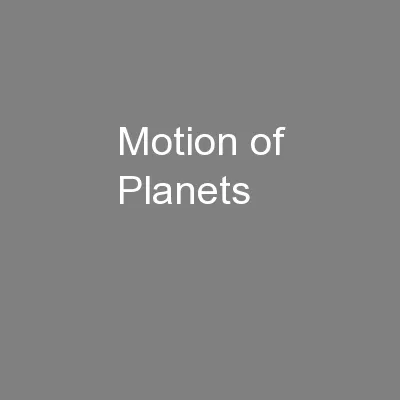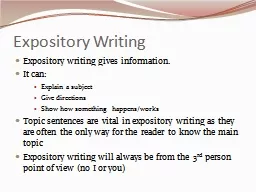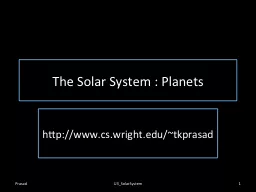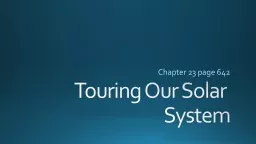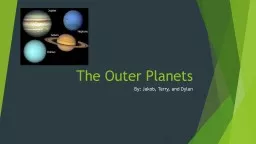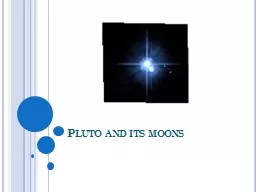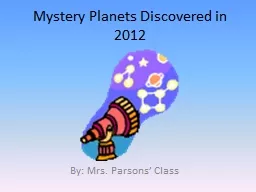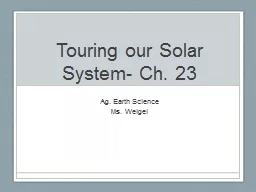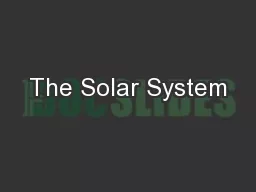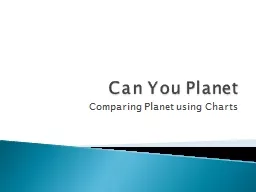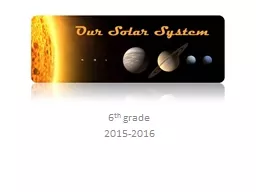PPT-Moons On Other Planets
Author : stefany-barnette | Published Date : 2016-06-03
The top 7 moons in the solar system Satellite Planet Diameterkm Mass relative to Moon Ganymede Jupiter 5262 203 Titan Saturn 5150 183 Callisto Jupiter 4820 146 Io
Presentation Embed Code
Download Presentation
Download Presentation The PPT/PDF document "Moons On Other Planets" is the property of its rightful owner. Permission is granted to download and print the materials on this website for personal, non-commercial use only, and to display it on your personal computer provided you do not modify the materials and that you retain all copyright notices contained in the materials. By downloading content from our website, you accept the terms of this agreement.
Moons On Other Planets: Transcript
The top 7 moons in the solar system Satellite Planet Diameterkm Mass relative to Moon Ganymede Jupiter 5262 203 Titan Saturn 5150 183 Callisto Jupiter 4820 146 Io Jupiter. To Be A Planet, Or Not To Be?. Physical Characteristics . 5 - Recognized Dwarf Planets. Ceres, Pluto, . Haumea. , . Makemake. , Eris. Classification Criteria. Directly orbits the Sun (not a satellite). Lecture 7. By reading this chapter, you will . learn. 4-1. How ancient astronomers attempted to explain the motions of the planets. 4-2 . What led Copernicus to a Sun-centered model of planetary motion. The outer planets are called Jovian or Jupiter-like.. These planets are made of gas and are several times more massive than the Earth.. The Jovian planets grew to present size in about 10 million years.. Expository writing gives information.. It can:. Explain a subject. Give directions. Show how something happens/works. Topic sentences are vital in expository writing as they are often the only way for the reader to know the main topic. http://www.cs.wright.edu/~tkprasad. Prasad. 1. U3_SolarSystem. SOLAR SYSTEM. The Sun. Prasad. U3_SolarSystem. 3+ Dwarf Planets . Over 150 . moons . /. satellites of the . planets. Comets, meteors, asteroids,. System. Chapter 23 page 642. A. The Solar System. The Planets: an overview. Terrestrial planets. Terrestrial = Earth-like. Mercury, Venus, Earth, and Mars. Small and rocky. Largest is Earth (1/4 size of smallest Jovian planet – Neptune) . By: . Jakob. , Terry, and Dylan. Jupiter . It is the fifth planet . It is mostly composed of hydrogen and helium . The Great Red Spot is the most famous storm on Jupiter . It is the largest planet . Jupiter’s Moon . Size, Color, Surface Features, Rotation, Revolution, and Density. 2,302 km in diameter . 20% of Earth’s size. Darker color with white splotches. i. ce caps, sediment, nitrogen, methane, carbon monoxide . By: Mrs. Parsons’ Class. Aqutixs. Aqutixs. . is 1.27 billion miles away from the sun.. It has 47+ moons.. Aqutixs. is surrounded with 75% rock & 25% ice.. It is the new 6. th. planet.. It is an outer planet.. Ag. Earth Science . Ms. Weigel. 23.1 The Solar System . The Planets: An Overview. Two Groups of planets. Terrestrial Planets- Mercury, Venus, Earth and Mars- relatively small and rocky . Jovian Planets- Jupiter, Saturn, Uranus, and Neptune- are huge gas giants. By . Ben . Mercury. The distances of planets from each other and from the Sun are often measured in Astronomical Units, AU. One AU is the average distance between the Earth and the Sun, 93 million miles. Using this system of measurement, Mercury is 0.39 AU from the Sun.. Size. Appearance. Having moons. Having rings. Period of rotation (how long a day is). How Can We classify Planets?. Look at your chart of information.. Approximate Diameter= How Big or small it is.. Period of Rotation = How long fast the planet spins on its axis. . . To View the presentation as a slideshow with effects . select . “View”. on the menu bar and click on . “Slide Show.”. . To advance through the presentation, click the right-arrow key or the space bar.. 2015-2016. Earth’s movement is constant!. Earth’s orbit. Sun is at the center. Orbit: movement of an object around another. ex: Earth orbits the Sun.. Elliptical: oval shaped. Revolution: 1 full orbit of Earth around Sun. .
Download Document
Here is the link to download the presentation.
"Moons On Other Planets"The content belongs to its owner. You may download and print it for personal use, without modification, and keep all copyright notices. By downloading, you agree to these terms.
Related Documents


